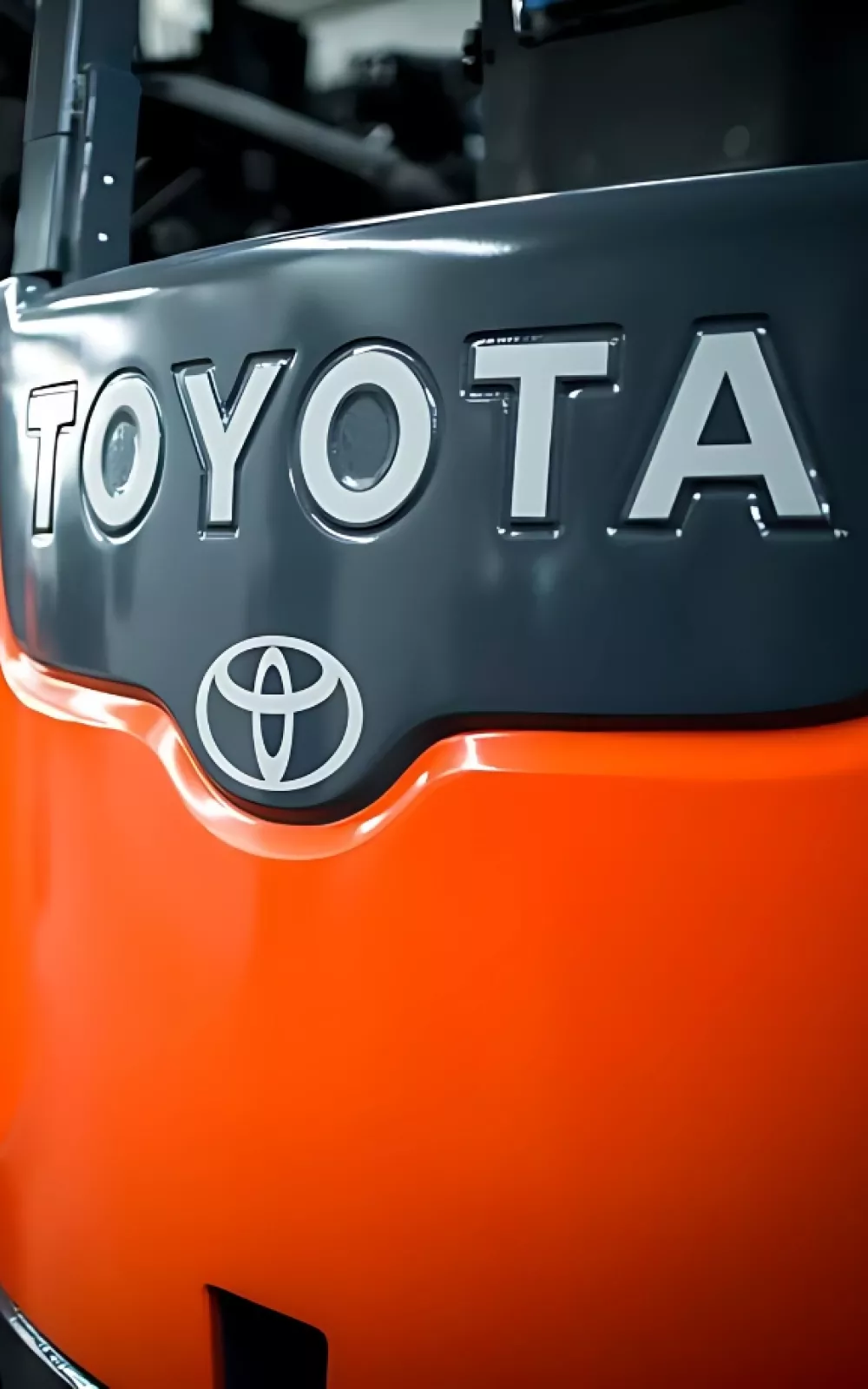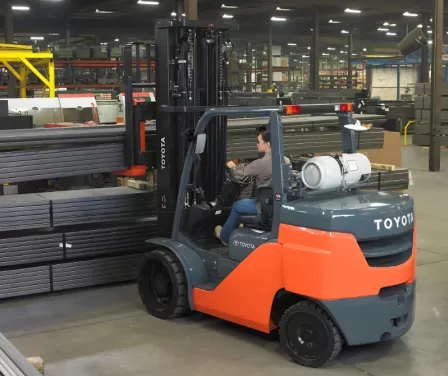Rent
ProLift offers daily, weekly, and monthly rentals. Find the right equipment for maximum productivity and safety.
Let us know how we can assist you! A ProLift specialist will connect with you to help with your material handling needs.

Fuel consumption plays a significant role in your forklift’s operating costs. Learn how to improve efficiency and save money with insights from ProLift.

When attempting to decrease your forklift’s fuel consumption, there is not one specific change that will greatly alter usage; however, you can focus on smaller tasks to create a cost savings. Discovering which changes will make an impact will require a combination of facility observation, operator training and review of maintenance history.
The layout of your facility and forklift traffic routes affect the daily travel distance and therefore, fuel consumption. Conduct a walk-through to note forklift destination spots such as delivery points, parking, and storage areas. Solicit operator feedback regarding route challenges and suggestions for more efficient production. If the space allows, you may test route changes that decrease forklift travel.
Driver habits significantly impact fuel consumption during a shift, making it essential to address best practices during the classroom portion of OSHA-required training. Teach operators to avoid practices like "gunning" the engine or leaving the forklift idling when not in use. If fuel consumption is unusually high for a specific forklift, consider monitoring usage by shift and operator to identify and resolve any issues.
Forklifts on a regular maintenance schedule generally operate more smoothly and efficiently, including better fuel consumption. Fuel quality plays a crucial role, as does timely replacement of wear items. For instance, excessively worn forklift tires can increase fuel usage significantly.

Protect your investment and minimize downtime by selecting from 4 forklift maintenance programs tailored to your needs. These programs are designed based on your usage hours, environment, application, and budget.
Fuel consumption can vary based on the type of forklift and its application. If you’re unsure of your average fuel cost per hour per unit, a drive test can provide valuable insights. Begin by training operators to log the hour meter readings, including the tenths digit, at the start and end of each shift or when the fuel tank is replaced. Store the log in the operator manual compartment for easy access. Ensure all fuel tanks used in the test are filled to capacity before being placed on the forklift for accurate results.
The more hour meter recordings you collect, the more precise your findings will be. To calculate the fuel cost, multiply the price per gallon by the number of gallons your tank holds. Then, divide this total by the number of hours the tank was in use. The result is your average fuel cost per hour per unit.
Drive tests may also be used to compare forklift manufacturers or models; however, for genuine results ensure each forklift is operated in the same or similar route and application.
Learn more about Toyota forklifts and their lower total cost. Use our equipment finder to consider model options and contact ProLift to schedule an appointment with a sales consultant.
As a full-service material handling dealer, ProLift can help you with questions and solutions for your equipment, service, parts and more. Tell us how we can help.

Let us know how we can assist you! A ProLift specialist will connect with you to help with your material handling needs.
